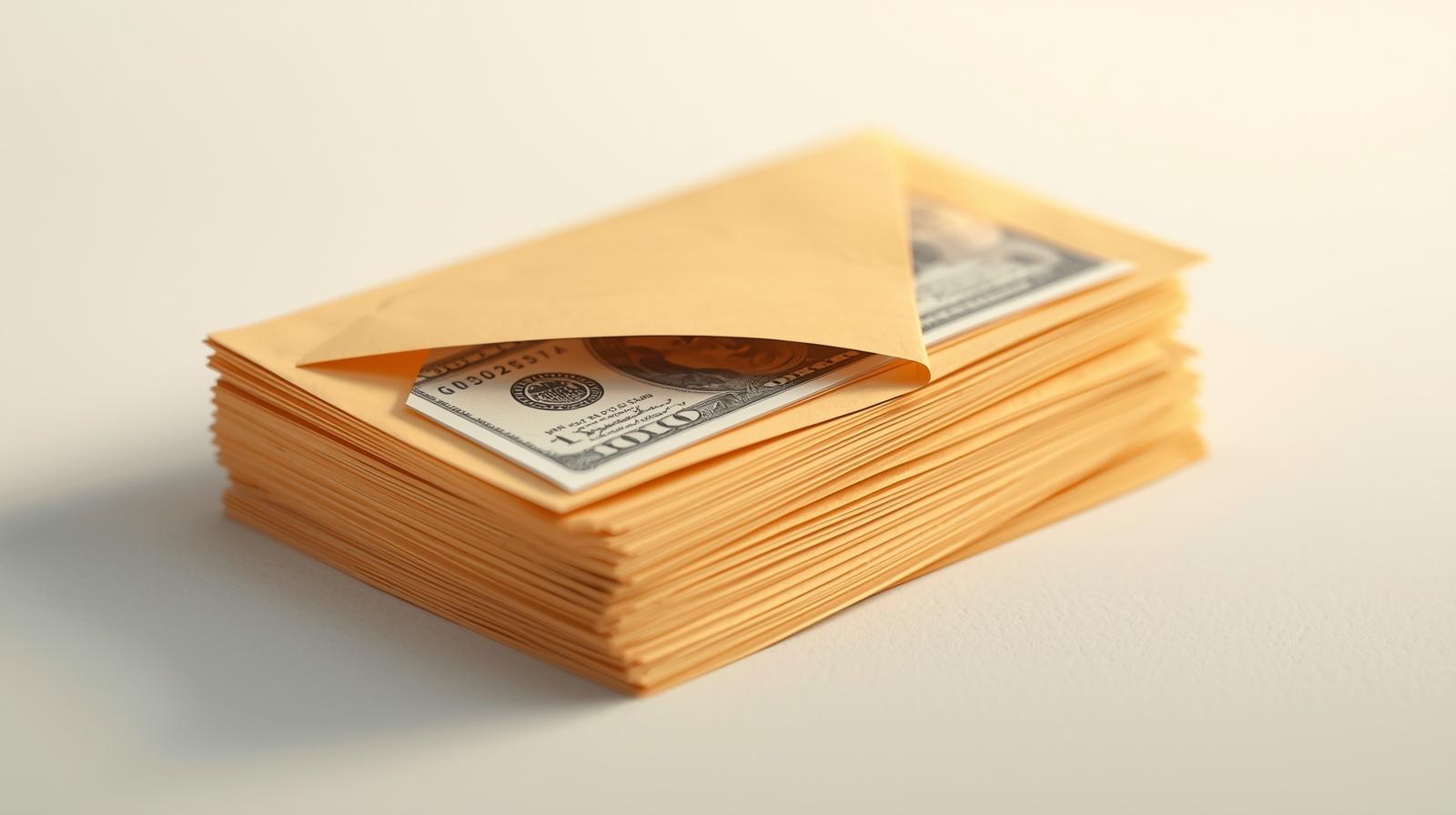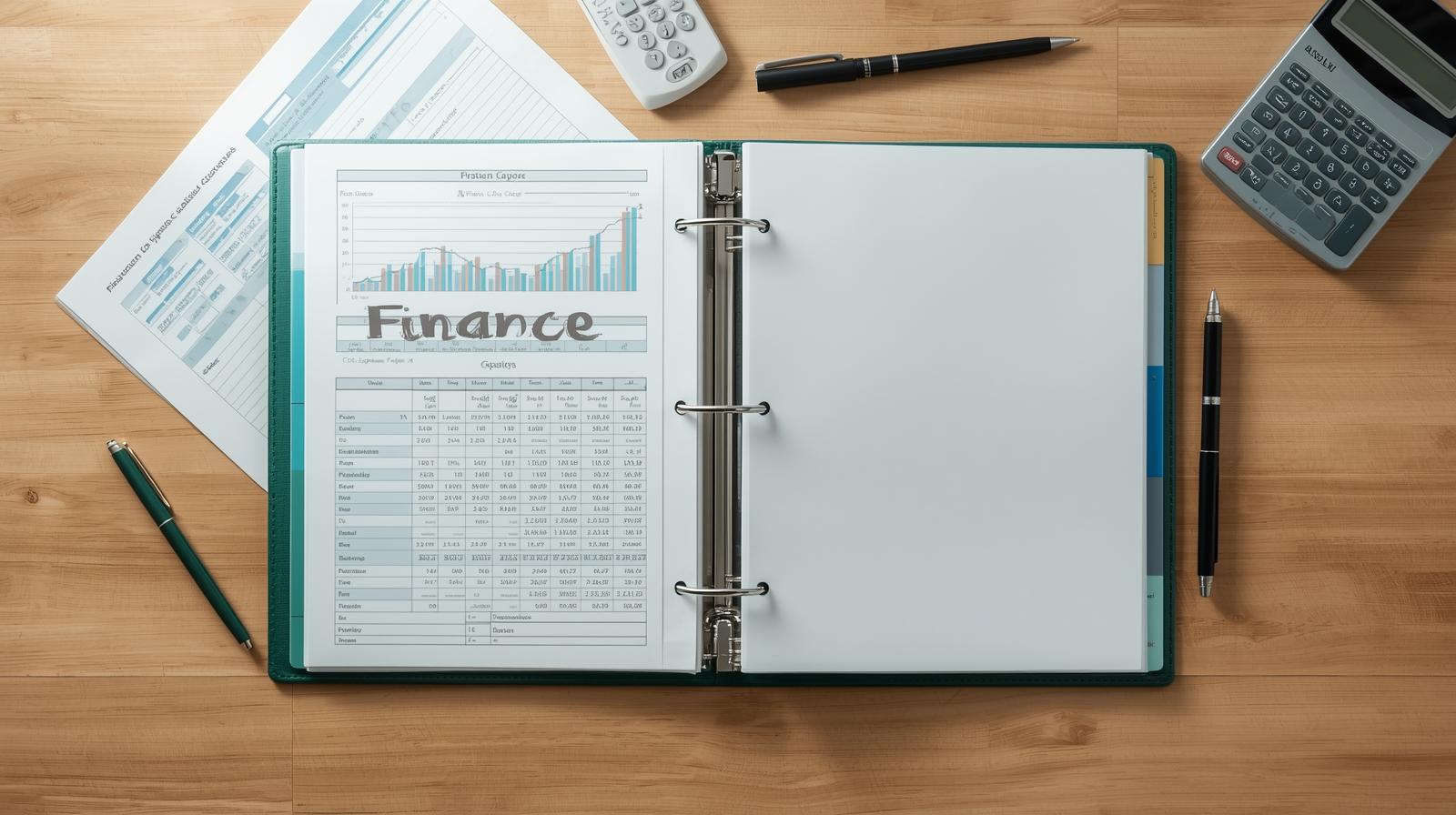Jumping into budgeting as a beginner can feel like trying to solve a puzzle with half the pieces missing. I’ve been there, fresh out of school, scraping by on an entry-level job and patchy side hustle cash from Fiverr, wondering why my bank account was always on life support. The ultimate budget starter pack is your cheat code — a simple, all-in-one PDF with everything you need to take control of your money. In 2025, with rent and groceries eating your paycheck and gig income from platforms like Etsy or Uber being unpredictable, a free, aesthetic PDF pack keeps you organized and motivated without the overwhelm.
In this guide, I’m breaking down what’s in the ultimate budget starter pack, how to use it to kickstart your financial game, and where to grab free downloadable PDFs. I’ve included tips from my own broke-to-budgeted journey and stories from friends who’ve made it work, plus practical steps to fit your chaotic life. Headings are ready for WordPress pasting, because you’re already juggling enough. Whether you’re saving for your first big goal or just want to stop living paycheck to paycheck, this starter pack’s got you covered. Let’s dive in.

Why a Budget Starter Pack Is Your 2025 Must-Have
Starting a budget in 2025 is non-negotiable — entry-level salaries ($30,000-$40,000 in the US, £20,000-£25,000 in the UK) barely cover rising costs like $2,000 city rent or 10% pricier groceries. Side hustles (60% of young pros have one, per recent stats) add cash but also chaos with irregular pay. A starter pack PDF bundles the essentials — income trackers, expense logs, savings goals — in one clean, aesthetic file. With gig platforms reporting to the IRS ($600+) or HMRC (£1,000+), it helps you prep for taxes and avoid surprises. Free and beginner-friendly, it’s your no-excuse ticket to financial clarity.
What’s in the Ultimate Budget Starter Pack
Your All-in-One Toolkit
The pack includes five key components: Income Tracker, Expense Log, Savings Goals Sheet, Debt Payoff Planner, and Monthly Budget Overview. Each is designed to be minimalist, with clean grids or soft colors to keep you engaged.
Why It’s Crucial in 2025
These components cover the basics for beginners, from tracking gig income to planning for taxes or a $500 emergency fund. No fluff, just what works.
What Each Part Does
- Income Tracker: Logs job and hustle cash (e.g., $2,000 job + $300 gigs).
- Expense Log: Tracks rent, groceries, fun spending.
- Savings Goals Sheet: Plans for emergencies, trips, or gear.
- Debt Payoff Planner: Tackles student loans or credit cards.
- Monthly Budget Overview: Ties it all together with a 60/25/15 split.
A Starter Pack Win
My friend Sarah, a grad with $400/month freelancing, used a pack to organize her $2,400/month income. Saved $600 for taxes in six months.
Step-by-Step Pack Tips
- Download a pack with all five components.
- Print or save to your phone.
- Review each section before starting.
- Keep it simple: One page per component.
Step 1: Download Your Free Budget Starter Pack
Where to Find Aesthetic PDFs
Free PDFs with minimalist or colorful designs (think neutral tones or bold accents) are widely available. They’re printable, editable, and beginner-friendly.
Why Free Packs Shine in 2025
No cost means more money for savings or hustle investments. Aesthetic designs make budgeting a habit, not a drag.
Top Free Download Spots
- Canva: Free “budget planner” PDFs — minimalist grids, floral accents.
- TheBudgetMom: Free starter pack with income, expense, and goal trackers.
- Vertex42: Free Excel/Sheets-based PDFs, clean and simple.
- MoneySavingMom: Free 2025 budget packs with debt and savings sheets.
How to Download and Use
Search the sites, download PDFs, and print at home or a library (10-20 cents/page). Save to your phone for digital edits. Takes 5 minutes to set up.
A Download Win
Jake, a barista with $300/month Etsy sales, grabbed a Canva pack. Tracked $150 in overspending, saved $400 for a laptop.
Step-by-Step Download Tips
- Search “budget starter pack” on Canva or TheBudgetMom.
- Pick a pack with income, expense, goals, debt, overview.
- Download PDF, print or sync to phone.
- Test for a week, tweak categories.
Step 2: Set Up Your Income Tracker
Know What’s Coming In
Log your job’s take-home pay (e.g., $2,000/month after taxes) and side hustle cash (say, $400 from Upwork). Include a spot for tax savings (25% of gigs).
Why It’s Key in 2025
Gig income’s unpredictable, and tax reporting’s stricter. Tracking ensures you know what’s available and what’s owed.
How to Use It
Use the pack’s income tracker page. Log job and gig payments weekly via bank apps or gig dashboards. Set aside $100/month for taxes on $400 gigs.
An Income Win
Lisa, a freelancer with $500/month gigs, used the tracker. Saved $1,200 for taxes, avoided a year-end scramble.
Step-by-Step Income Tips
- Open the income tracker page.
- List job and gig sources weekly.
- Set aside 20-30% of gigs for taxes.
- Update every Sunday, 5 minutes.
Step 3: Fill Out Your Expense Log
Track Where It Goes
Log essentials (rent, groceries, utilities) and wants (coffee, nights out). I found $120/month went to unused apps — cutting them was a game-changer.
Why It Matters in 2025
Rising costs sneak up fast. The expense log spots leaks and keeps your budget tight.
How to Use It
Use the pack’s expense log. Categorize: $900 rent, $200 groceries, $150 fun. Log daily or weekly from bank apps or receipts.
An Expense Win
Ben, a grad with $400/month tutoring, logged expenses. Cut $100 in dining, saved $1,200/year.
Step-by-Step Expense Tips
- Open the expense log page.
- List categories: Needs, wants, hustle costs.
- Log daily or weekly from bank app.
- Review monthly for leaks.
Step 4: Plan Savings and Debt Goals
Dream Big, Pay Down Smart
Set 1-3 goals: $500 emergency fund, $1,000 trip, or $2,000 loan payoff. Use hustle cash to boost savings or debt payments.
Why It’s Crucial in 2025
Economic uncertainty and high interest rates (credit cards at 20%+) make planning urgent. The goals sheet keeps you focused.
How to Use It
Use the savings and debt planner pages. Break goals into monthly chunks (e.g., $50/month for 10 months). Track hustle contributions.
A Goals Win
Anna, a creator with $500/month Patreon, used the goals sheet. Saved $800 for a course, landed better gigs.
Step-by-Step Goals Tips
- Open savings and debt planner pages.
- List 1-3 goals: Emergency, trip, debt.
- Set monthly savings ($25-$100).
- Track progress monthly, use gigs.
Step 5: Use the Monthly Budget Overview
Tie It All Together
The overview page uses a 60/25/15 rule: 60% needs (rent, food), 25% wants (fun), 15% savings/debt/taxes. For $2,300/month, that’s $1,380 needs, $575 wants, $345 savings.
Why It’s Key in 2025
This page balances your budget, ensuring gig income supports goals without sacrificing life’s joys.
How to Use It
Fill in income ($2,300), assign needs ($900 rent, $200 food), wants ($200 fun), and savings ($200). Update monthly, adjust as needed.
An Overview Win
Tom, an Uber driver with $600/month gigs, used the overview. Saved $400 for taxes, kept $150 for fun.
Step-by-Step Overview Tips
- Open the budget overview page.
- Assign 60% needs, 25% wants, 15% savings.
- Fill in monthly income and expenses.
- Update first Sunday, 10 minutes.
Step 6: Track and Celebrate Monthly
Make It a Habit
Check your pack monthly: update income, expenses, and goals. Adjust if a gig flops or costs spike. Celebrate small wins (like $50 saved) with free perks — a park walk, not a latte.
Why Tracking’s Essential in 2025
Gig income’s volatile; monthly checks catch leaks fast. Preps you for tax deadlines and keeps goals on track.
A Tracking Win
Emma, a freelancer with $400/month gigs, checked her pack monthly. Saved $300 by cutting impulse buys, hit her emergency fund.
Step-by-Step Tracking Tips
- Set a monthly ritual: First Sunday.
- Update all pack pages: Income, expenses, goals.
- Adjust for surprises (e.g., bill hikes).
- Celebrate: $25 saved? Free Netflix night.
Wrapping It Up: Start Budgeting Like a Pro
The ultimate budget starter pack PDF is your 2025 launchpad. Download a free pack, track income and expenses, plan savings and debt, and check monthly. I’ve seen friends go from financial chaos to confidence with this — you’re next.
What’s your first budget goal? Share below and let’s make it real.
Written by Mudassar Ali — Founder of The Digital Hustle Hub



